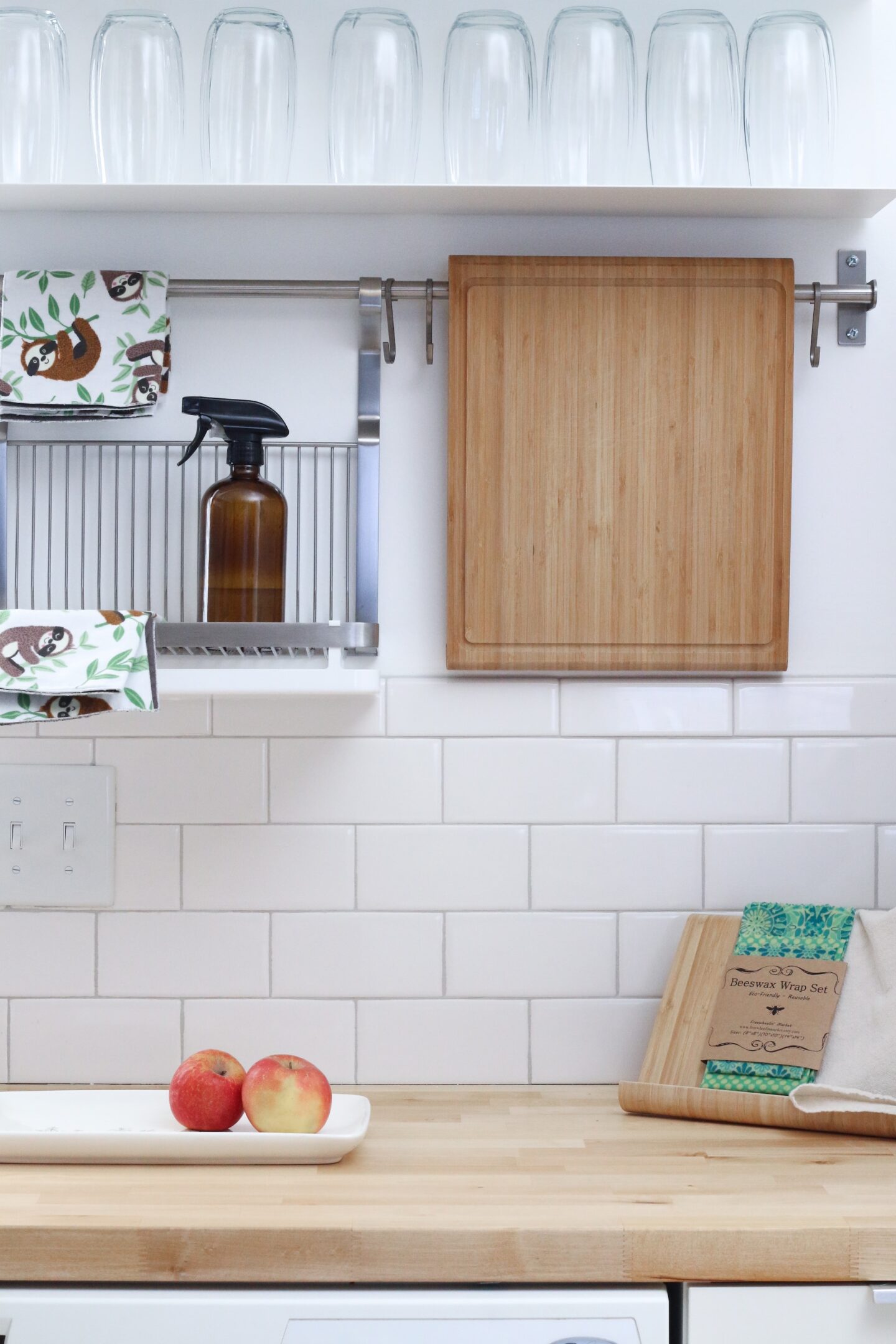Featured
Waste is a pressing issue that affects us all. Waste, however, can take a variety of shapes at home. But, to keep things simple and straightforward, we’ll refer to waste as the disposal of any material or resource that could have been reused or repurposed. Naturally, this extends far beyond the trash we toss in our bins. Waste, as it happens, can occur in many places around your home, from its construction to your daily habits. As such, it becomes important to realize, once and for all, that our homes can be a significant contributor of waste, impacting both our immediate surroundings and the environment at large.
It is a common misconception that waste primarily refers to the items you discard without a second thought. While this is correct, there is a lot more to waste than meets the eye. The home can be a major cause of waste even before you throw anything away. From the moment you decide to build or buy a house, the choice you make can significantly impact the amount of waste you generate.
Contents
Choosing building strategies that minimize waste
When it comes to reducing waste in your home, it all begins with the building process. One highly effective approach is to opt for prefabricated homes. Prefabricated homes are prepared and partially constructed off-site, using precise measurements and minimal materials. This method truly contributes to the phenomenal cost-efficiency of prefabricated homes, reducing unnecessary waste both in terms of material but also labor, making a stark contrast to traditional construction processes. Prefabs are not only eco-friendly but also tend to be energy-efficient, ultimately lowering your long-term environmental footprint.

That being said, other building processes can also minimize waste with the right strategy. Careful planning, expert project management and experienced builders can join forces to reduce resource and material waste. By ensuring that the right materials are used efficiently and that there is minimal excess, you can significantly reduce waste from the very beginning of your home’s life.
Embrace a minimalist decor
Minimalism is more than just an interior design trend. It is a way of life that can help reduce waste. Minimalism involves simplifying your living space and possessions, focusing on what truly adds value to your life while eliminating unnecessary clutter.
A minimalist interior not only looks clean and organized, but also reduces the need for excess furniture and decorations. This, in turn, reduces the production and disposal of items, ultimately contributing to waste reduction.
To create a minimalist interior, you want to make decluttering a priority. You can proceed to categorize your unwanted items, either into donation or recycling piles. This ensures you can only keep that adds genuine value to your life. There are many different approaches to make your furniture go further, such as considering multi-functional items or truly questioning which items you need and should keep. As minimalism is the art of having less, it is also important to ensure that less doesn’t deprive you of essential comfort or everyday features.

Keep on top of maintenance and servicing
Maintaining your home is crucial in preventing invisible waste, such as excessive energy consumption. Inefficient heating, ventilation, air conditioning system, water heaters, and boilers can lead to increased energy bills and a larger environmental footprint.
Additionally, regular servicing and maintenance of these appliances can ensure they operate at peak efficiency. So, you want to schedule at least maintenance once a year to change filters, check for leaks, and have your different systems inspected by professional engineers.
Introduce positive washing habits
Conserving water is a vital aspect of waste reduction. Every time you turn on the faucet without thinking, you may be wasting more water than you realize.
When washing your hands, doing the dishes, brushing your teeth, or shampooing your hair, make a habit of turning off the tap when it’s not in use. This can make a significant difference in the long term. Brushing your teeth with the water running wastes on average 4 gallons of water. The amount can be surprisingly high if you tend to leave the tap open at all times.
So, you want to focus on water waste as part of a waste-conscious habit. Reducing shower time is one of the most effective ways to conserve water, along with turning the tap off when you don’t need the water. As a rule of thumb, you want to aim for showers under 10 minutes. Additionally, consider installing low-flow showerheads and faucets to further reduce water usage. Every drop counts in the fight against waste, and your water-saving efforts can add up to substantial environmental benefits.

Addressing food waste
Food waste is a significant issue, with Americans wasting a staggering amount of food each year. While many name food spoilage as a common reason for wastage, in reality, 80% of Americans discard perfectly good food as a result of misinterpreting the label. This is the equivalent of around 130 billion meals, which is a non-negligible quantity.
So why do we waste food? Truth be told, the causes of food waste are diverse. They range from consumers discarding food prematurely due to misunderstandings about expiration dates to restaurants and grocery stores tossing out unsold items. The consequences extend far beyond the realm of financial aspects. Food waste contributes significantly to greenhouse gas emissions, making it a major contributor to climate change.
As such, you want to create a strategy to reduce food waste inside your home. Start by planning your meals, which allows you to make a shopping list of what you need. Learning to store food properly can help extend its shelf life and reduce spoilage. Finally, not many households are ready to embrace leftovers as a delicious second meal. This is as much a lack of cooking confidence and a lack of understanding as to which leftovers can be harmful.
While you can’t eliminate getting rid of spoiled food, peels and shells, you can turn to composting to divert food waste from landfills. Bio compost can enrich your garden soil. In other words, you can replace food waste with beautiful flowers!
Living in a home that actively reduces waste is not only beneficial for the environment but also for your overall quality of life. In a world where waste is a growing concern, your home can be a beacon of responsible living and environmental pride.














